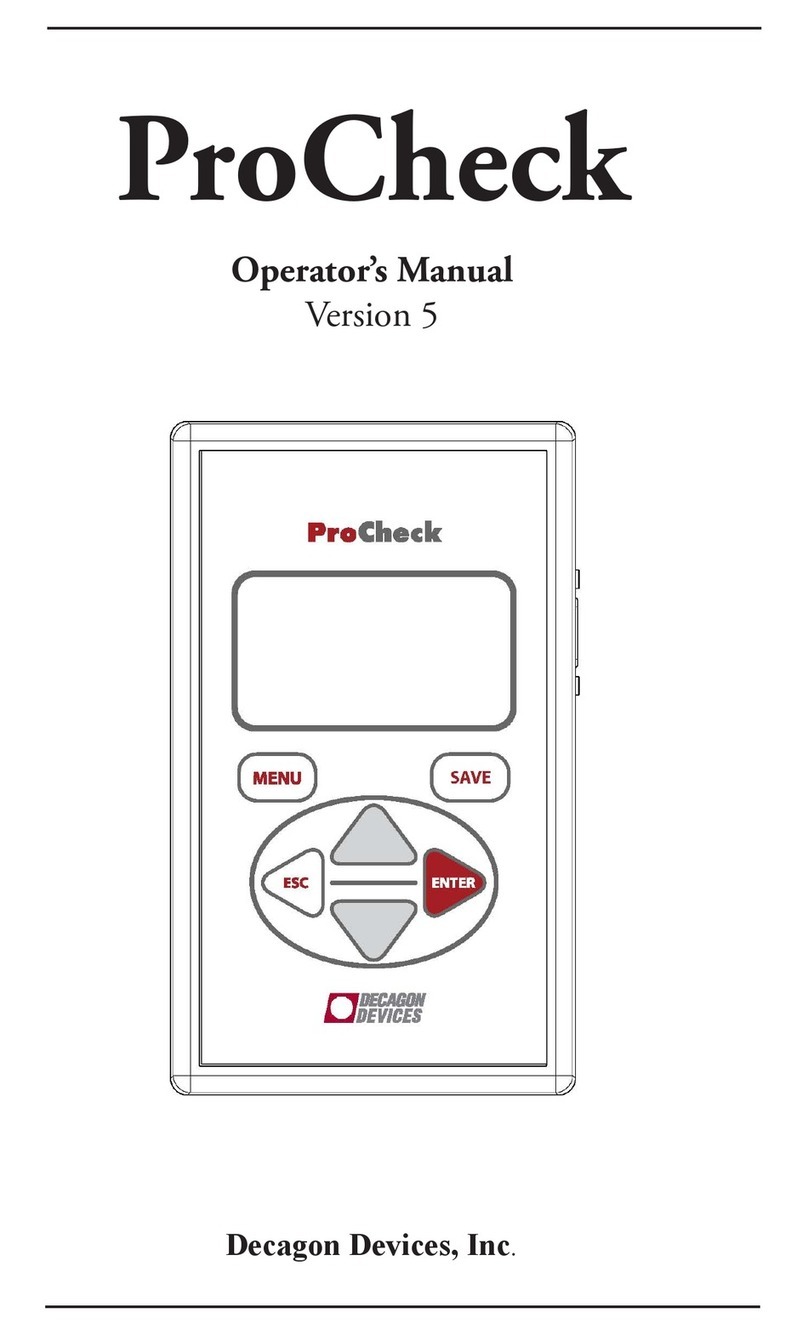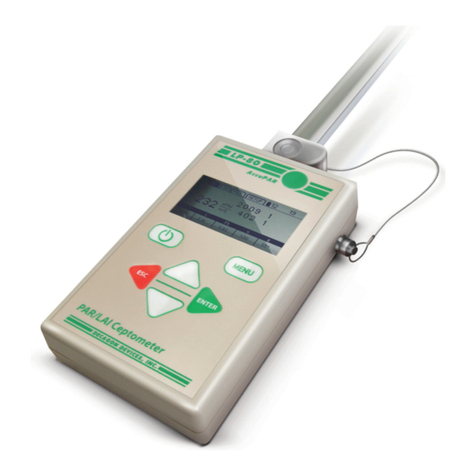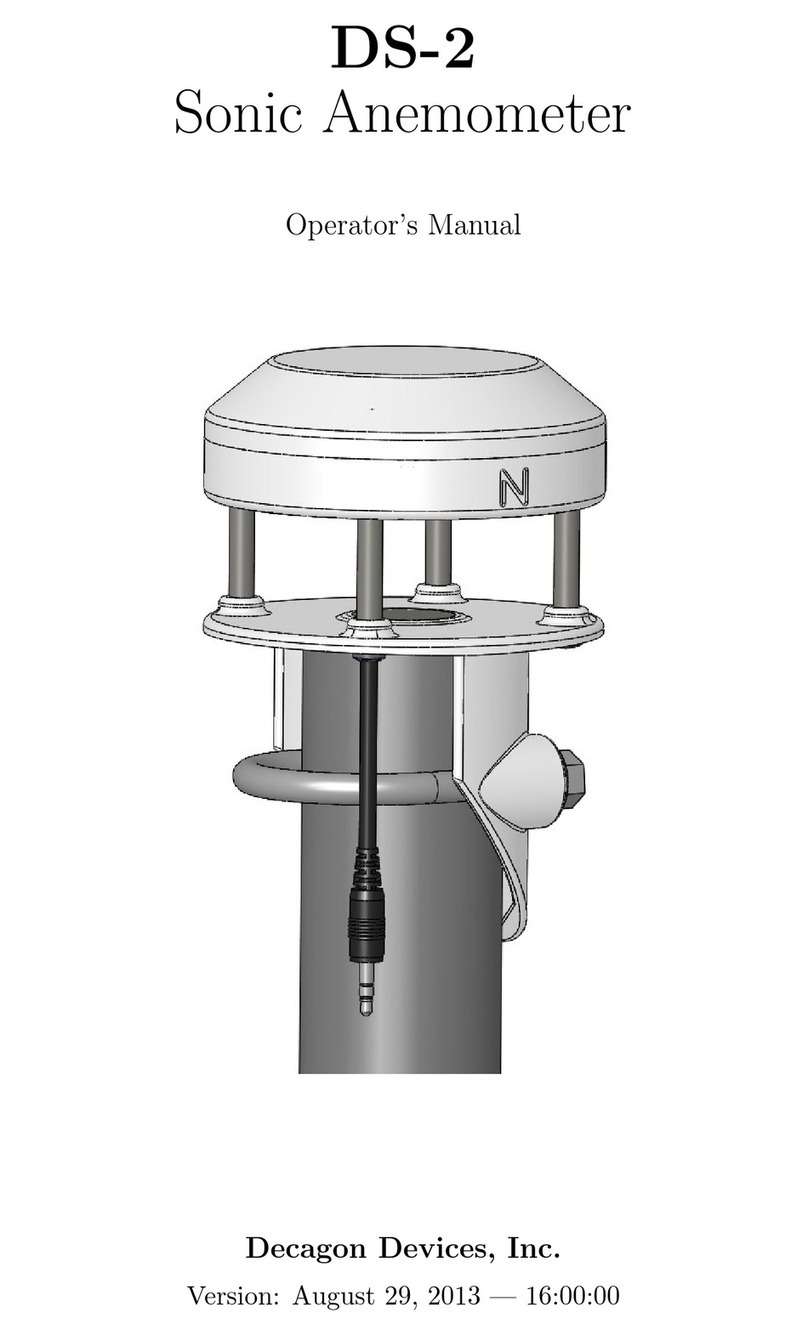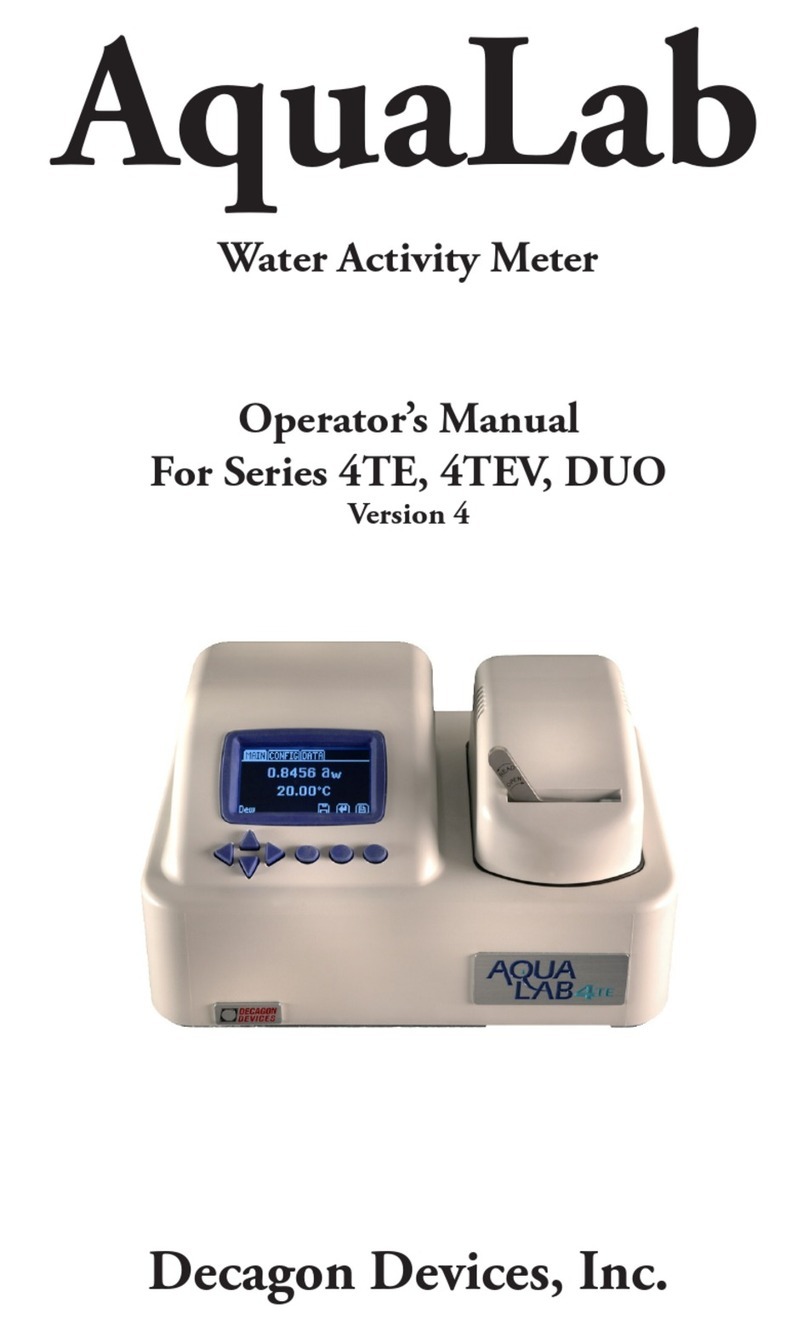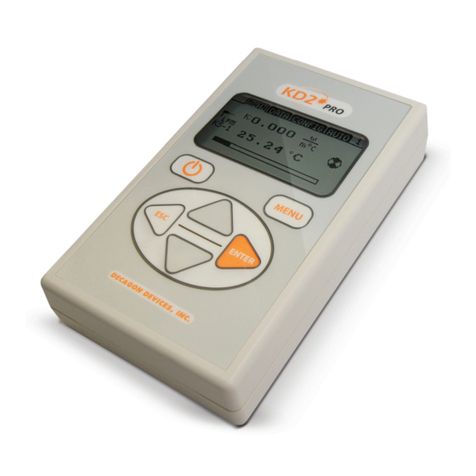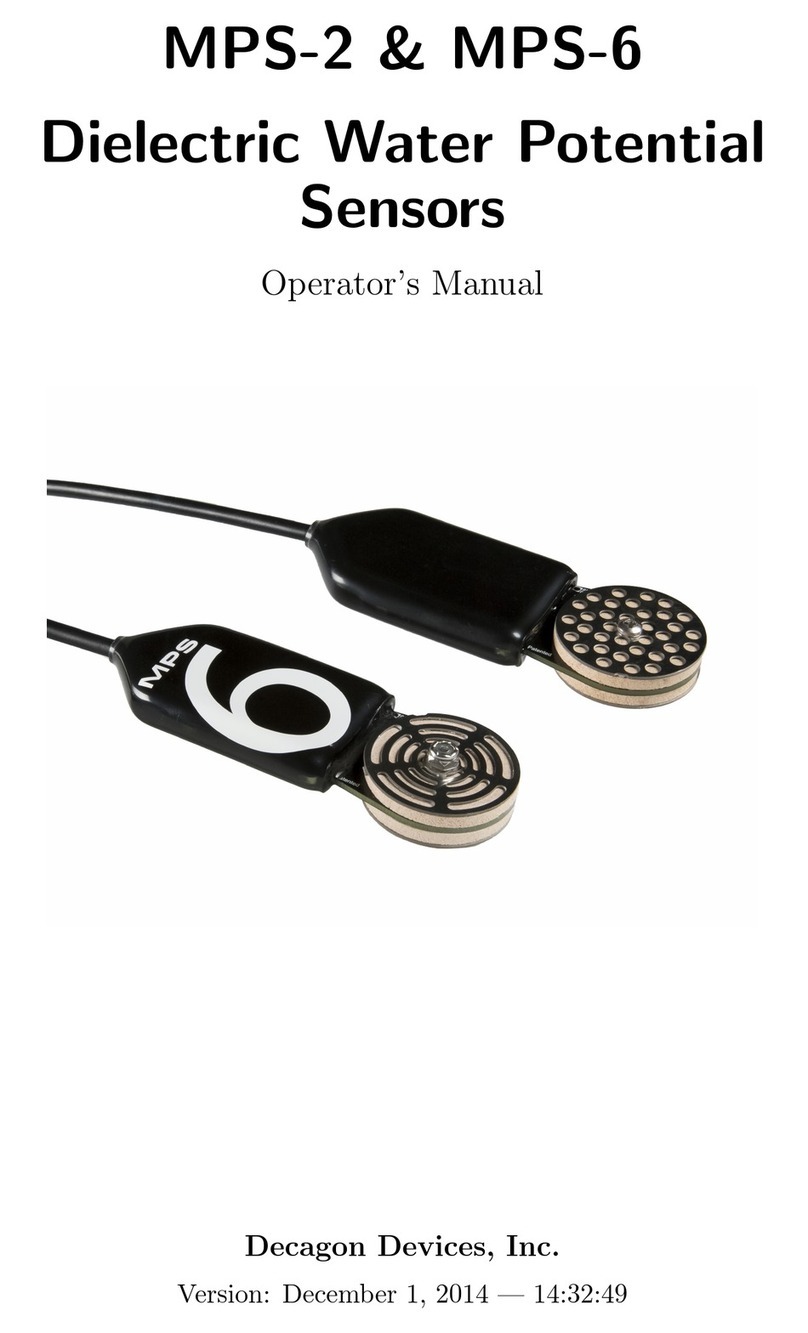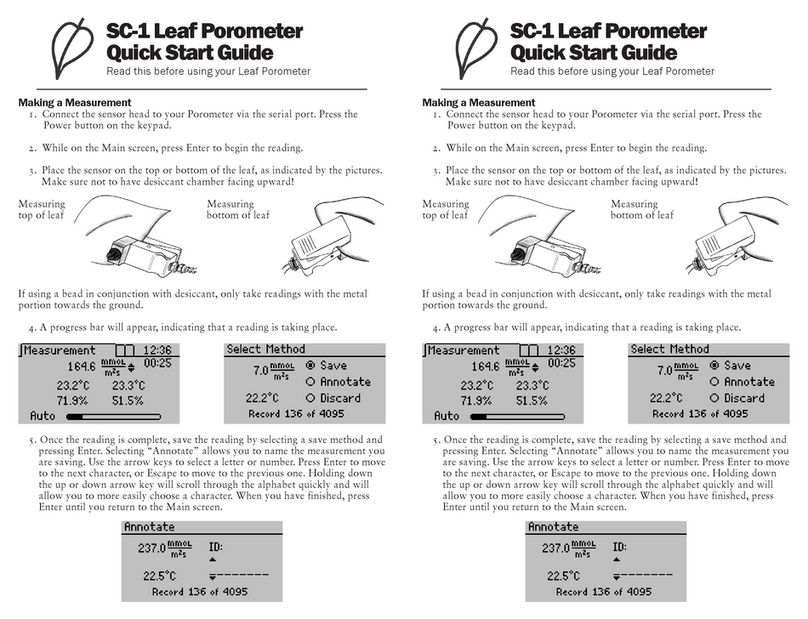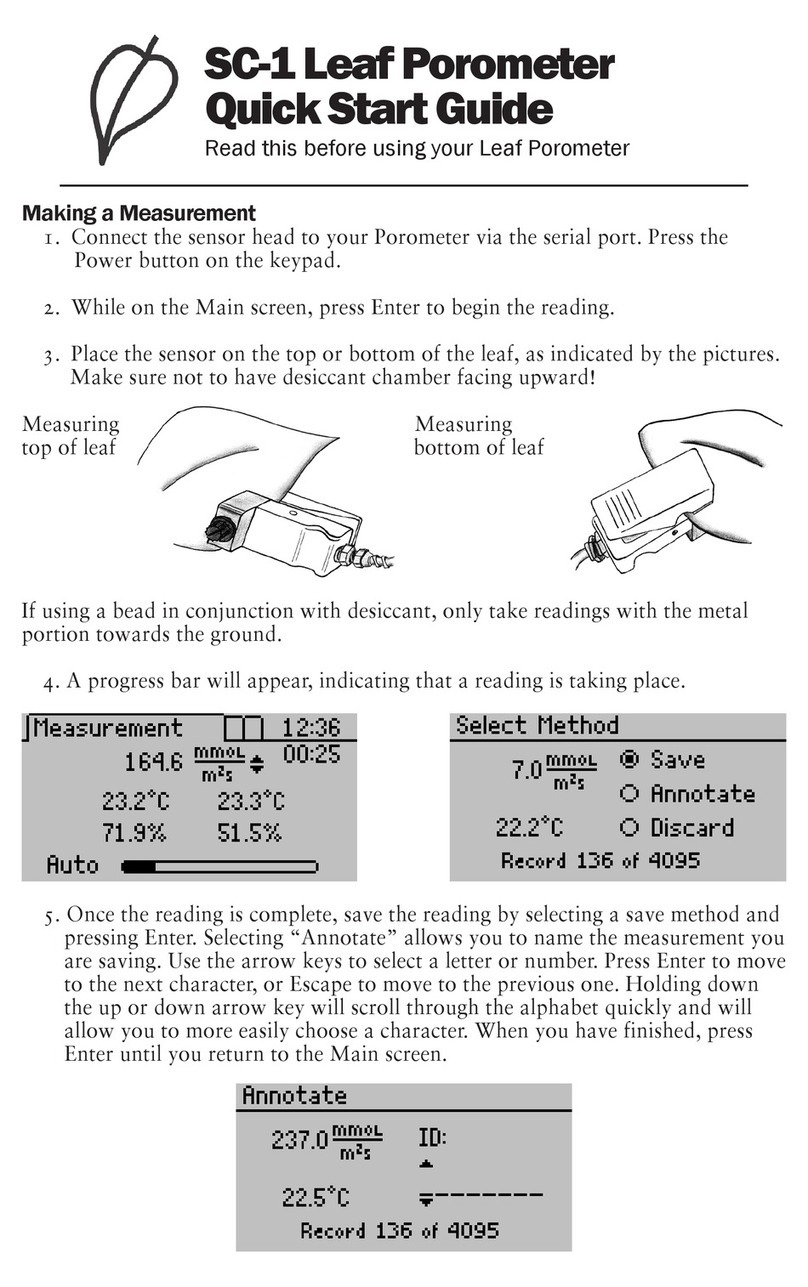
Pawkit
Introduction
3
the content of this manual is correct and scientifi-
cally sound.
Seller’s Liability
Seller warrants new equipment of its own manufac-
ture against defective workmanship and materials
for a period of one year from date of receipt of
equipment (the results of ordinary wear and tear,
neglect, misuse, accident and excessive deteriora-
tion due to corrosion from any cause are not to be
considered a defect); but Seller’s liability for defec-
tive parts shall in no event exceed the furnishing of
replacement parts F.O.B. the factory where origi-
nally manufactured. Material and equipment cov-
ered hereby which is not manufactured by Seller
shall be covered only by the warranty of its manu-
facturer. Seller shall not be liable to Buyer for loss,
damage or injuries to persons (including death), or
to property or things of whatsoever kind (including,
but not without limitation, loss of anticipated prof-
its), occasioned by or arising out of the installation,
operation, use, misuse, nonuse, repair, or replace-
ment of said material and equipment, or out of the
use of any method or process for which the same
may be employed. The use of this equipment con-
stitutes Buyer’s acceptance of the terms set forth in
this warranty. There are no understandings, repre-
sentations, or warranties of any kind, express,
implied, statutory or otherwise (including, but with-
